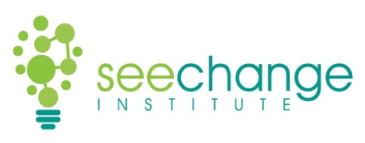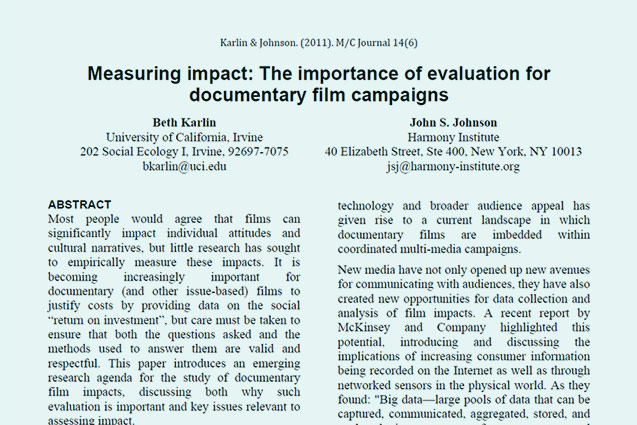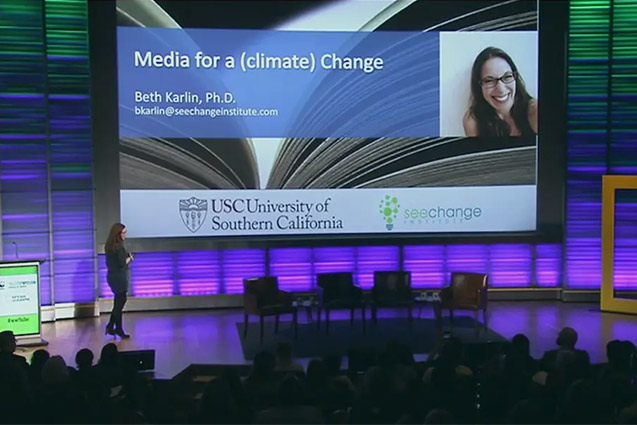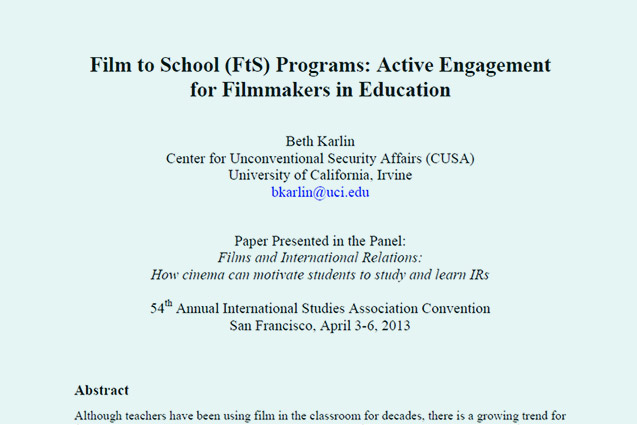Media & Social Change
While we believe in the power of media to make a difference, we know that simply creating or sharing information doesn’t necessarily lead to social change. With thousands of stories competing for our attention each day across the media landscape, it’s vital that change makers think strategically about how to construct messages in a way that will reach and impact as many people as possible.
To support these efforts, we conduct research and evaluation on media and social change with partners ranging from small independent films to large studios. We’ve studied several types of media, including virtual reality, film and television, online learning, journalism, and transmedia and have published over a dozen reports and articles on the role of media and social change. Our work has been funded by the Gates Knight, Hilton, Kellogg, and Robert Wood Johnson, and National Science Foundations. We have recently completed evaluation programs for All In: The Fight for Democracy and the Generation Food project and are currently conducting research on inclusion and diversity in film for Amazon Studios. Check out some sample projects below and get in touch if you’d like to chat about what you’re working on and how we can help you!
Projects

Engaging Youth With Film to Make a Difference
STRAWS
Released in 2017, STRAWS was an official selection in over 30 film festivals and won 3 audience awards. Advocacy groups nationwide used the film as a centerpiece in their local plastic campaigns and onegreenplanet.org named it one of “the top 5 documentaries that will make you rethink single-use plastic.” The STRAWS team hired us to measure the impact of their school screening program on students’ environmental knowledge, attitudes, and behaviors during a 9-screening tour in Dallas, Texas in Fall 2018 and an LA Tour in Spring 2019 that reached 6,500 students in 220 classrooms. We surveyed students and teachers after each screening and received over 3,000 responses. The film received high marks and students reported positive outcomes related to single-use plastic. We also found that screenings accompanied by a guest speaker led to higher intentions to take action than screenings without a speaker; however, who this speaker was (filmmaker or local activist) did not statistically matter to these outcomes. These findings are useful for future film tours because local partners are more cost-effective than filmmaker travel. We published a final report of findings, which the STRAWS team is using to fundraise for a national tour of the film and to share insights on how to facilitate impactful school screenings.
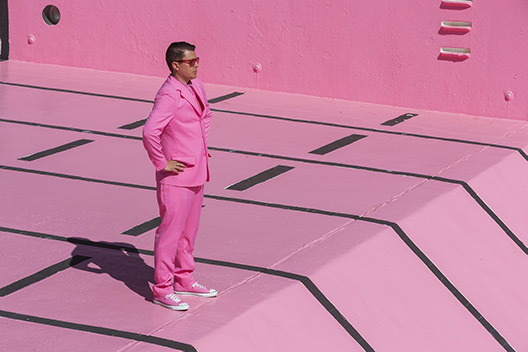
Evaluating Art for Social and Cultural Change
City of Los Angeles
See Change recently completed a multi-site evaluation of CURRENT:LA FOOD, a 2019 public art project for the City of Los Angeles that included 15 sites across the city. Each site featured one artist, one community-based “public programmer,” a city council district, and a park. Over five weeks, the project served 59,812 visitors through 16 ongoing exhibits and 88 events. We investigated the impacts of CURRENT:LA FOOD, the mechanisms involved, and how they might be extended for future application. Drawing on qualitative and quantitative data collected through surveys, focus groups, interviews, and site observations, we explored how CURRENT:LA’s ephemeral, intersectional approach to the presentation and experience of public art served to create social capital and civic discourse around the theme of food. It also contextualizes CURRENT:LA’s burgeoning model within a larger body of research on social impact, prototyping pathways for impact that correlates with what happened and why it matters. We prepared a final evaluation report to share our findings.
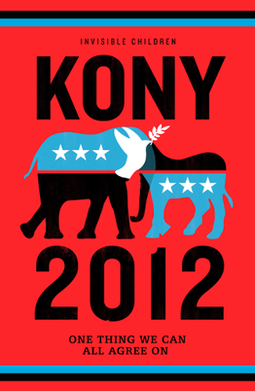
Studying Film Engagement, Activism, and Social Change
Invisible Children
Our founder, Dr. Beth Karlin, served as external evaluator for the organization Invisible Children (IC) from 2010-2014. Her first study was a survey of IC’s supporters to investigate their role in increasing civic capacity. She released a white paper and authored a conference paper for the International Studies Association. She then analyzed the Kony 2012 video, which was seen over 100 million times in six days, making it the most viral video in history, leading to two articles:
- Kony 2012 and the Mediatization of Child Soldiers
- The Social, the Media, and the Activism: Kony Meets World
Following the success of Kony 2012, the team received a grant from the Bill and Melinda Gates Foundation for the 2013 Fourth Estate Youth Summit. Beth’s evaluation sought to answer questions on how successful the summit was in spurring greater involvement in global societal issues among participants. Her report presented an evolving model of global citizenship and shared insight on the power of youth engagement through film.
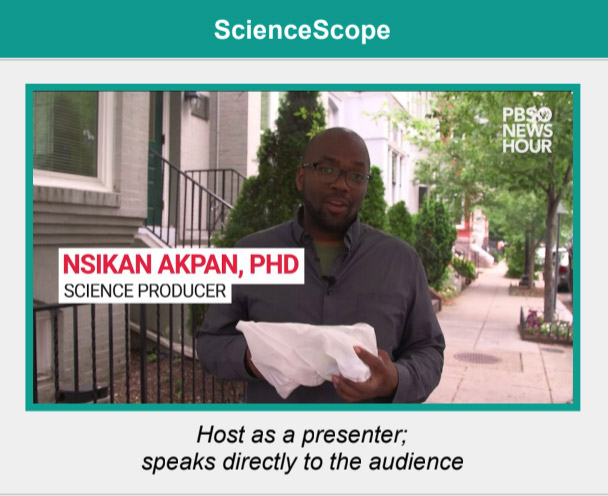
Evaluating Transmedia Capacity in STEM Journalism
PBS Newshour
PBS NewsHour and Knology invited us to evaluate their multi-year National Science Foundation (NSF) grant, Experiments in Transmedia. This 4-year grant sought to increase NewsHour’s capacity to develop transmedia STEM content targeted towards early career adults. We worked with the project team to replicate findings, track progress, and analyze content to assess the outcomes of this funding on NewsHour and the broader journalism landscape. Our methods included two sets of interviews with key team members, a content and performance analysis of NewsHour’s online STEM content from the grant, an experimental survey assessing engagement and impressions of STEM content, and a synthesized report evaluating the overall impact of the grant.
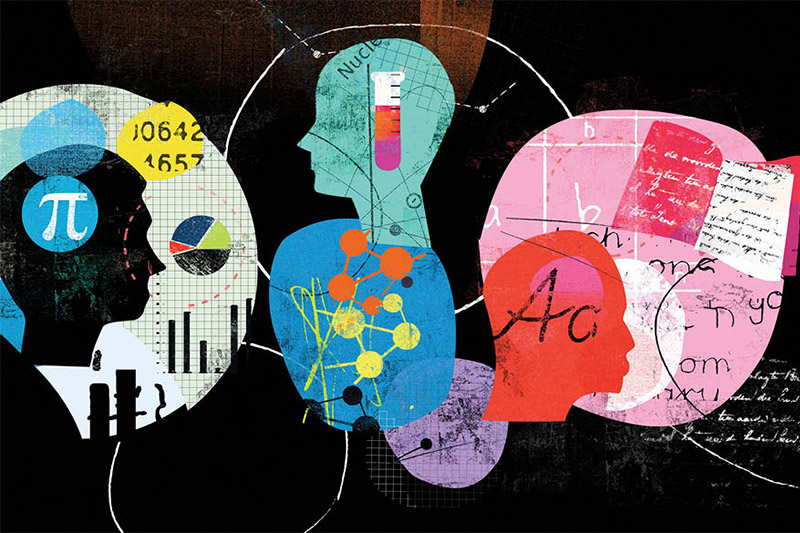
Collaborative Research to Measure Media Impact
USC Norman Lear Center
In collaboration with the USC Norman Lear Center’s Media Impact Project (MIP) and funded by the Bill and Melinda Gates Foundation, we conducted research to better understand how online news can lead to offline change in the world. We collaborated on three reports:
- Pressing for Change – We worked with the Guardian and Speakable to investigate the role of action buttons in influencing reader motivations to address homelessness. We studied a set of articles created as part of the Guardian’s Outside in America series to determine whether changes in presentation influenced readers to donate money or volunteer for causes from within story content.
- Through the Looking Glass – We collaborated with the Huffington Post to conduct an experimental study of 360° video content about neglected tropical diseases. We analyzed viewers’ responses to three 360º videos with and without a headset to determine if the medium affected viewers’ perceptions of the content.
- Messaging for Media Impact – Finally, we created a series of “tip sheets” to help media makers optimize stories for impact with the help of social science. Each one introduces a behavioral science concept and the theory/research behind it, then provides a set of specific tips on how this theory can be applied across media platforms (e.g., film, journalism, etc.).
Featured Content
Film to School (FtS) Programs: Active Engagement for Filmmakers in Education
International Studies Association
Intrigued? Let’s chat!
